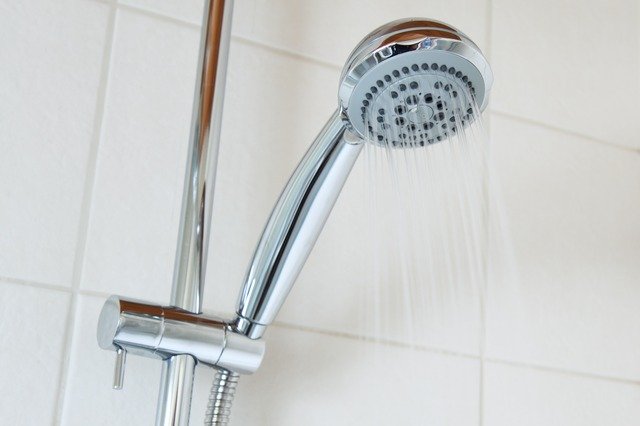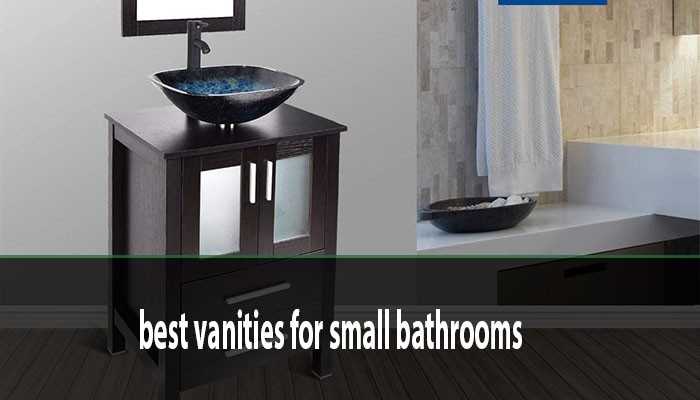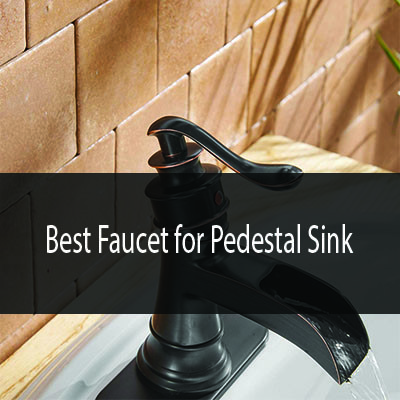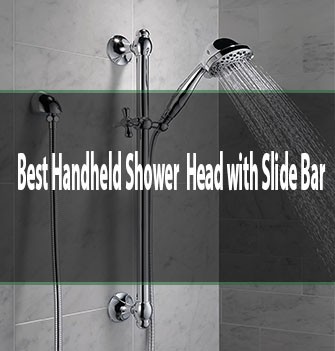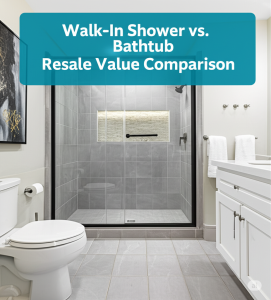
Thinking about remodeling your bathroom? Exciting, right? But also… kind of stressful. One of the biggest choices you’ll probably face is this: should you go with a sleek walk-in shower or keep (or add) a bathtub?
It might seem like a small decision, but it can actually have a pretty big impact on your home’s resale value—especially in 2025, when buyer preferences are changing faster than ever. So, if you’re torn between a shower and a tub, don’t worry—you’re not alone.
Let’s break it down in simple terms and figure out what works best for your home, your lifestyle, and your future buyers.
Table of Contents
The Bathroom Upgrade Dilemma: Looks, Use, and Value
Bathrooms are one of the top rooms that buyers check out first—and updating one can seriously boost your home’s value. But here’s the twist: not all bathroom upgrades are created equal.
Walk-in showers are trending. They look amazing and offer easy access. But tubs? They still matter—especially to families. The real trick is figuring out what works best for your specific home and who’s likely to buy it down the road.
So let’s look at the benefits of each option.
Walk-In Showers in 2025: Why Everyone Wants One
Have you noticed how modern bathrooms all seem to have these gorgeous, glass-enclosed showers? That’s not a coincidence.
Here’s why walk-in showers are hot right now:
- Modern, clean style: Frameless glass, sleek tile, and open space make any bathroom feel updated and upscale.
- Feels bigger: Especially in smaller bathrooms, replacing a tub with a clear-glass shower instantly opens up the space.
- Aging in place: More buyers (and homeowners!) are thinking long-term. A curbless, walk-in shower is safer and easier to use for people with limited mobility.
- Spa vibes: Multiple shower heads, built-in benches, and steam features turn your daily shower into a luxury experience.
- Low-maintenance: No more scrubbing around old tub corners or dealing with moldy shower curtains.
Best times to choose a walk-in shower:
- You’re remodeling the master bathroom, and there’s another tub elsewhere in the home.
- You live in a neighborhood where older adults or retirees are buying.
- You’re upgrading an old, stained, or outdated tub that’s dragging the room down.
- You want that high-end, modern look buyers love.
But hang on—before you rip out that tub, let’s talk about when a bathtub might still be the smarter call.
Bathtubs in 2025: Still a Must-Have for Many Buyers
Walk-in showers may be stylish, but don’t count out the classic bathtub just yet. For many buyers, having at least one tub in the house is non-negotiable.
Why a bathtub might be a better fit:
- Great for families: If you’ve got kids—or are selling to someone who does—a tub is essential. Baths are way easier (and safer) for toddlers and babies.
- Relaxation: Some people just love a good soak after a long day. Whether it’s for sore muscles, stress relief, or even a glass of wine and a book—bathtubs offer a level of comfort showers don’t.
- Wider buyer appeal: If your home only has one bathroom and no tub, you could lose out on a large group of buyers.
- Elegant design: Freestanding tubs are making a big comeback and can add a luxurious feel to larger bathrooms.
Keep the tub if:
- It’s the only one in the house.
- You live in a family-focused neighborhood.
- You’re working with a smaller home that only has one or two bathrooms.
- The tub is clean and updated—or you’re planning to install a beautiful new one.
🧠 Shower vs. Tub: What Impacts Resale Value the Most in 2025?
Let’s compare the real deal. These are the major factors that make or break a bathroom renovation’s ROI:
| Factor | Shower Wins | Tub Wins |
|---|---|---|
| Modern Appeal | ✅ | |
| Accessibility | ✅ | |
| Families with Kids | ✅ | |
| Luxury Upgrade | ✅ | ✅ (freestanding tubs) |
| Small Space Layouts | ✅ | |
| Only Bathroom in Home | ✅ | |
| Master Bathroom Reno | ✅ | ✅ (if space allows both) |
| Family Bathroom Reno | ✅ |
Additional Considerations:
-
Total Bathrooms: If you already have a tub elsewhere, adding a walk-in shower won’t hurt resale.
-
Buyer Demographic: Retiree market? Shower wins. Young families? Tub wins.
-
Home Style: Luxury homes benefit from high-end showers and tubs. Smaller homes may need to pick just one.
-
Quality of Work: A cheap shower or tub hurts value. Go for quality materials and pro installation.
So… Which Adds More Resale Value in 2025?
Here’s the honest answer: it depends.
There’s no “one size fits all” rule when it comes to resale value. But here are some questions to help guide your decision.
Which Bathroom Are You Renovating?
- Master Bathroom: This is your chance to go big. A walk-in shower can create a spa-like retreat and boost value—especially if there’s still a tub elsewhere in the house.
- Kids’ Bathroom: Definitely keep the tub here. Families will thank you.
- Guest Bathroom: Either works, depending on what your home already has. If there’s no other tub, keeping one here is smart.
How Many Bathrooms Do You Have?
- One Bathroom: Keep the tub. It’s not worth the risk of losing buyers.
- Two Bathrooms: One tub, one shower setup is ideal. That way you cover all the bases.
- Three or More Bathrooms: Go wild! You can create that dream shower in your master suite and still have tubs for guests or kids.
Who’s Likely to Buy Your Home?
- Families with kids: Need at least one bathtub.
- Older adults: Prefer walk-in showers, especially curbless ones.
- Young professionals: Might love the idea of a luxury walk-in shower but will still appreciate a tub for flexibility.
What’s Your Neighborhood Like?
Every area is different. If homes around you are all featuring huge, tiled showers—buyers will expect the same. If your neighborhood has more young families, a missing tub could hurt your chances.
Tip: Check out other listings nearby. What’s trending? That’s usually a good sign of what buyers want.
What About a Walk-In Tub?
Thinking of a walk-in tub for aging-in-place features? They’re great for accessibility but come with a mixed resale value. Unless you’re selling to a specific group that needs it, most buyers prefer a stylish, easy-access shower instead.
FAQs: Quick Answers About Showers vs. Tubs
Q: Should I remove the only tub in my home?
A: Nope. Unless your home is in a niche market (like a condo for young pros), it’s best to keep at least one tub.
Q: Do jetted tubs add value?
A: Not like they used to. They can feel outdated, hard to clean, and some buyers see them as more hassle than luxury. A sleek soaking tub is more appealing now.
Q: Are tub/shower combos bad?
A: Not at all! In fact, they’re super practical in secondary bathrooms. They give buyers both options.
Q: Does the type of material in my shower or tub matter?
A: Yes! High-quality tile, solid surfaces, and frameless glass all boost perceived value. Cheap plastic surrounds or outdated finishes can drag it down.
Q: How much value does a bathroom remodel add in 2025?
A: You can often recoup 60–70% of your investment—or more. But think of it as making your home more attractive and sellable, not just as a money-maker.
My Final Thoughts: What Should You Do?
Here’s the deal—this decision isn’t just about resale. It’s also about how you use and enjoy your home every day.
If you:
- Need a tub for kids or pets, keep one.
- Dream of a spa-like shower and already have a tub elsewhere, go for it.
- Aren’t sure what buyers want, check out similar homes in your area and ask a local real estate agent.
But no matter what you choose, do it right. Use good materials. Hire pros. A beautiful, well-built bathroom adds way more value than a rushed or cheap one—whether it has a shower, a tub, or both.
So, are you team shower or team tub? Or are you thinking… maybe both?

